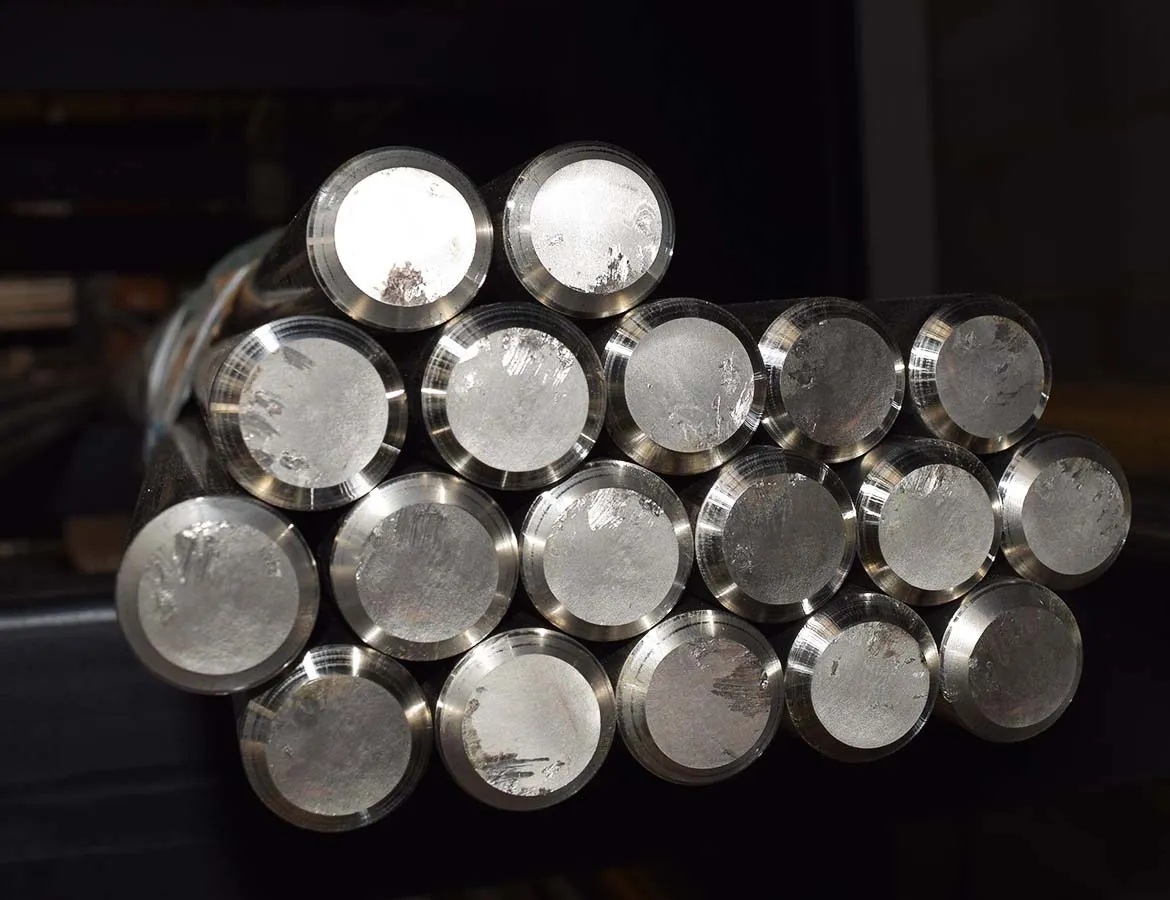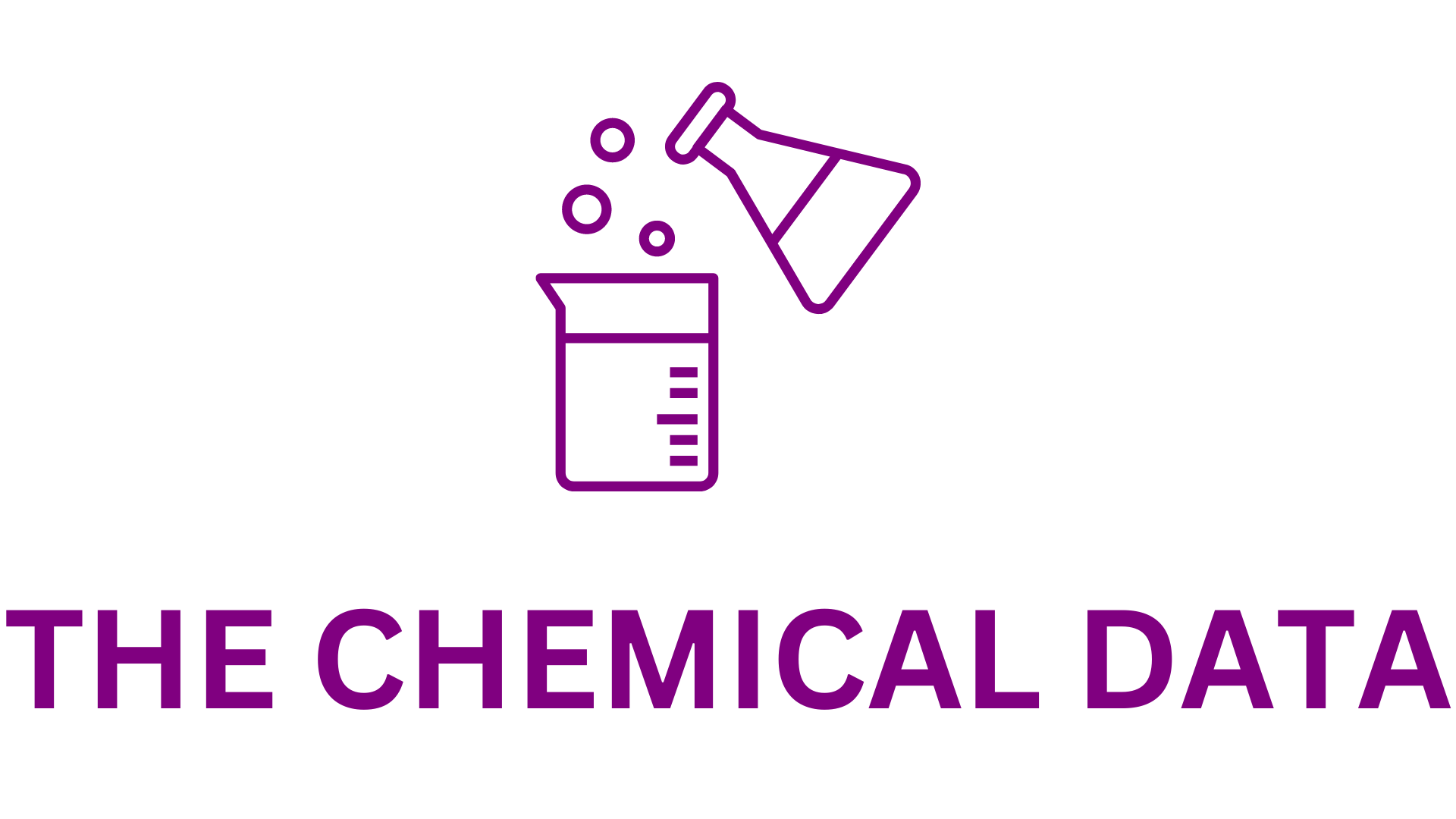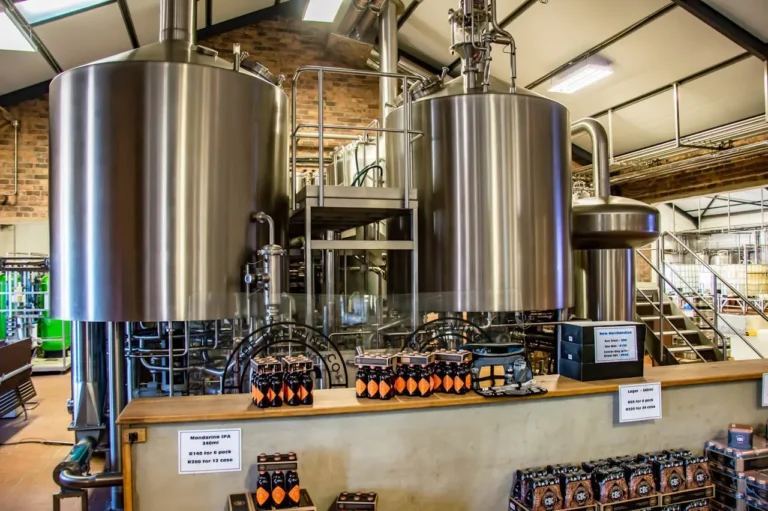
Nickel Cobalt Manganese (NCM) Batteries Powering the Future of Aviation: Market Outlook 2025–2034
Nickel Cobalt The global aviation industry is undergoing a transformative shift toward sustainability, electrification, and decarbonization. As part of this evolution, Nickel Cobalt Manganese (NCM) batteries are emerging as one of the most promising power sources for electric aircraft, drones, and advanced air mobility (AAM) platforms. These batteries offer a unique combination of high energy density, thermal stability, and extended cycle life, making them ideal for aviation applications where weight, reliability, and energy efficiency are paramount.
Nickel Cobalt The newly released report titled “NCM for Aviation Batteries Market – A Global and Regional Analysis: Focus on Product, Application, and Country Analysis – Forecast 2025–2034” provides an in-depth evaluation of this dynamic and rapidly evolving industry. The study captures market trends, technological innovations, leading players, and strategic developments shaping the future of electric aviation.
Market Drivers: Sustainability, Electrification, and Energy Efficiency
The global push toward net-zero carbon emissions is accelerating the electrification of the aviation industry. Governments, regulatory bodies, and aviation companies are actively investing in zero-emission aircraft, particularly eVTOL (electric vertical takeoff and landing) vehicles, electric drones, and regional electric jets.
Nickel Cobalt NCM battery technology is at the center of this movement. Compared to traditional lithium-ion batteries or legacy fuel systems, NCM chemistries—particularly the 5:2:3 ratio formulation—Nickel Cobalt offer a critical advantage in energy-to-weight performance, thermal management, and charging efficiency.
Key Market Drivers:
- Sustainable Aviation Goals: Global climate initiatives, such as ICAO’s Carbon Offsetting and Reduction Scheme for International Aviation (CORSIA), are pushing aerospace firms to adopt electric propulsion.
- Electric Urban Air Mobility (UAM): Rapid development in eVTOLs for urban air taxi services is increasing demand for lightweight, powerful batteries.
- Military and Commercial Drones: NCM batteries are increasingly deployed in high-endurance drones for both surveillance and delivery applications.
- Technological Advancement: Innovations in electrode materials, electrolyte additives, and battery management systems (BMS) are extending NCM battery performance.
Industry Landscape: A Growing Ecosystem of Innovators and Suppliers
The Nickel Cobalt NCM for aviation batteries market is still in its growth phase, but the competitive landscape is intensifying. A mix of established chemical companies, battery manufacturers, and aerospace suppliers are expanding into aviation-specific battery development.
Key players include:
- Xiamen Tungsten Co., Ltd. – Nickel Cobalt A leader in cathode materials, focusing on mass production of NCM for electric aircraft platforms.
- Zhenhua New Material – Known for its work on battery chemistry enhancements, particularly for energy-dense cathode applications.
- BRNE Technology – Emerging as a next-gen player in battery customization for UAVs and urban air mobility vehicles.
- TODA KOGYO CORP – Specializing in high-purity cathode materials tailored to aerospace performance needs.
- Umicore – Active in closed-loop recycling and supply chain resilience for cobalt and nickel.
- L & F, Samsung SDI, LG Chem, SK Innovation, and BASF – All engaged in multi-sectoral battery R&D, with strong cross-vertical capabilities in electric aviation.
Nickel Cobalt Many of these players are investing heavily in joint ventures, strategic partnerships, and supply chain integration to ensure secure access to critical minerals like cobalt and nickel, which are essential for NCM battery production.
Technological Innovations: Beyond Energy Density
Nickel Cobalt While energy density remains a top metric, NCM battery development for aviation now prioritizes a more complex matrix of performance indicators, including:
- Cycle Life Stability: Aircraft require thousands of reliable cycles under varying thermal loads.
- Thermal Management: Advanced BMS and phase change materials are being introduced to regulate battery temperature in-flight.
- Fast Charging Capabilities: Airport turnarounds for electric aircraft and high-drain drone operations demand significantly reduced charging times.
- Lightweight Housing: Use of aerospace-grade composites and aluminum to lower total system weight.
- Redundancy and Safety: Enhanced battery packs include modular fail-safes and explosion-proof enclosures.
Nickel Cobalt New research also focuses on next-generation NCM variations, such as NCM 811 (80% nickel) or even NCM 955, aimed at further increasing energy output while reducing reliance on cobalt, a material with volatile pricing and sourcing issues.
Segmentation Overview: Applications, Product Types, and Geography
The NCM for Aviation Batteries market is broadly segmented into product type, application area, and geographical regions.
1. Application Segments:
- eVTOL (electric Vertical Takeoff and Landing Aircraft): Nickel Cobalt One of the fastest-growing segments. Urban air mobility platforms require lightweight, high-power battery packs with rapid charging capabilities.
- Fixed-Wing Electric Aircraft: Regional and short-haul electric planes increasingly rely on NCM battery modules for clean propulsion.
- Drones and UAVs: From military ISR (intelligence, surveillance, reconnaissance) drones to commercial delivery quadcopters, battery life and flight duration are critical metrics.
- Hybrid-Electric Aircraft: NCM batteries are used as part of hybrid systems for boosting takeoff power or emergency redundancy.
2. Product Types:
- NCM 523 (5:2:3 ratio): Nickel Cobalt Expected to lead the global market due to balanced performance and cost-effectiveness.
- NCM 622 & 811: Suitable for next-gen electric aircraft requiring ultra-high energy density.
- Custom Blends: Being tailored by startups and aerospace R&D labs for mission-specific applications.
3. Regional Analysis:
- Asia-Pacific: Projected to be the fastest-growing production hub. China, South Korea, and Japan are home to the world’s leading battery material producers and battery pack assemblers.
- North America: Dominated by R&D activities and strategic procurement programs for military drone and eVTOL deployment.
- Europe: Driven by strong regulatory momentum and investments in sustainable aviation under EU Green Deal policies.
Challenges and Risks: Navigating the Path to Scalability
Despite rapid growth, the NCM for aviation batteries market faces several challenges that could impact the pace of adoption:
- High Production Costs: NCM battery packs designed for aerospace use are significantly more expensive than those for EVs or stationary storage, due to stringent weight, safety, and reliability requirements.
- Infrastructure Gaps: Limited fast-charging networks and battery replacement systems at regional airports.
- Supply Chain Risk: Dependence on critical minerals such as cobalt (primarily mined in the DRC) presents geopolitical and ethical sourcing concerns.
- Certification and Safety Compliance: Aviation-grade batteries require years of testing and regulatory clearance from authorities like the FAA and EASA, potentially slowing time to market.
However, ongoing innovations in materials science, battery recycling, and modular battery swap systems are mitigating many of these risks. Governments and private investors alike are pouring funding into R&D and gigafactory expansions dedicated to aviation-grade battery technologies.
Forecast and Outlook: 2025–2034
Based on current trends and pipeline projects, the NCM for aviation batteries market is expected to witness double-digit CAGR growth between 2025 and 2034. Key market enablers include:
- Scaling adoption of eVTOLs for urban mobility
- Launch of regional electric aircraft by aerospace OEMs
- Defense procurement of advanced drones with longer range
- Entry of major battery firms into aviation-specific R&D
By the end of the forecast period, NCM batteries are projected to dominate the battery technology landscape for small- to mid-size electric aircraft, while also playing a pivotal role in hybrid propulsion systems for larger aircraft.







